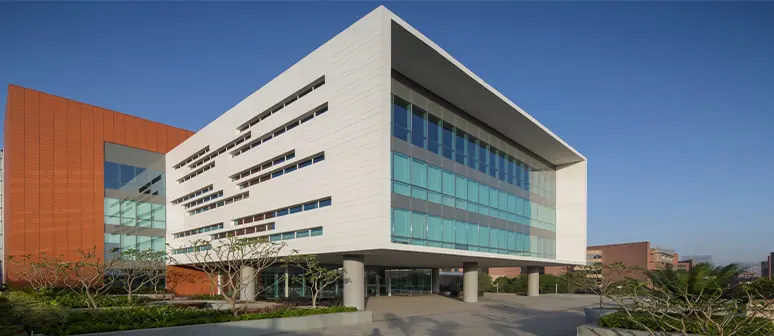Designplus Architecture Pvt. Ltd (DPA) is a practice based on the belief that each project must be the unique expression of the client’s dream. Counting on sustainability, the team has made every project a triumph of collaboration of disciplines, expertise and experience. Ar. Sonali Bhagwati and Ar. Sohrab Dalal are the founders of the design firm DPA.

DPA is an architectural design firm formed out of a merger of DesignPlus and Spazzio Design. DesignPlus with its experience in large format projects and Spazzio with its high design & boutique projects background were a perfect match to provide a wide bandwidth of services. The firm endeavours to create an environment that is seamlessly woven into an organization’s culture while reinforcing the brand identity. DPA believes that good design is intelligence made visible. Innovative design integrated with engineering services has ensured vibrant and successful built environments.
Ar. Sonali Bhagwati is a graduate of the prestigious C.E.P.T. University in Ahmadabad. The distinguished architect has over 30 years of experience. She has an unparalleled talent and vision and her journey in the realm of architecture began with a strong foundation. Her passion for the art of building and design and learning architecture under the guidance of esteemed architects like B.V. Doshi and Bernard Kohn embarked her on a transformative learning experience. Sonali’s scholarship from L’Institut Francais D’Architecture afforded her the privilege of training under a master architect, honing her skills to perfection.
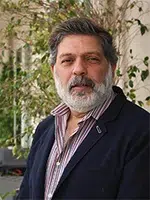
Ar. Sohrab Dalal completed his Degree in Architecture from CEPT, Ahmedabad. After working with renowned sculpture architect Satish Gujral for a few years, he founded the design firm – Spazzio Design Architecture with Sonali Bhagwati. In 2010, it merged with DPA and Ar. Sohrab took over as Managing Director of Designplus Architecture Pvt. Ltd.
While talking to the two stalwarts Ar. Sonali Bhagwati & Ar. Sohrab Dalal, we tried to unfold the story of the legendary design firm DPA from its inception to the present, and their dreams for the future. Here is the tale told by the founders of the prestigious firm Designplus Architecture Pvt. Ltd (DPA) on their journey together.
Could you tell us about your educational background, your architectural firm Design Plus Architecture (DPA) and your experiences?
I studied architecture at CEPT Ahmedabad. During the final year, we needed to do a research thesis for graduation. After many iterations and several formats later, I decided to do a study of the evolution of a heritage precinct in Shahjehanabad. However, during this process, I hit a mental roadblock. Instead of wasting time going around in circles, I decided to create an opportunity out of adversity. I completely disconnected from my thesis and designed high-design costume jewellery. I did this for 1 year and came back to my thesis with a clear and refreshed mind. We started as Atelier which was restructured to Spazzio till we finally merged and created DPA. I would like to reiterate that I have enjoyed every day of my tenure at CEPT and the 35 years of practice thereafter.
What inspired you to pursue a career in architecture and design?
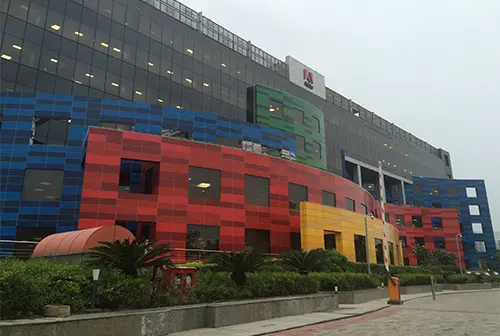
Although I hated it, I pursued the sciences in school only to be able to apply for architecture as it was a prerequisite. I went to Baroda for the entrance exam for architecture at MS University. But this was a disaster as the exam was a repeat of the board exam. The real decision happened when I took a local state transport bus with a 15-rupee ticket and reached Ahmedabad from Baroda. When I walked into CEPT, I was completely awed. It was the most amazing place I had seen. It was then that I decided to not only study architecture but study at CEPT only. I say this as a tribute to my Guru BV Doshi whose architecture influenced a 17-year-old.
Tell us about some turning points in your career.
One of the most memorable incidents in my career came very early on when I encountered a client who had scant respect for me as a woman architect. He actually expected my partner to handle his house and was almost annoyed when it was me who he was dealing with. He tried his level best to belittle me and undermine my confidence. However, I stuck on and completed the house for which he received many accolades. It was an extremely rough period which I will never forget.
What type of projects does DPA specialise in?
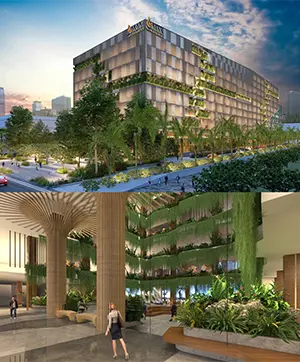
DPA does a wide bandwidth of work ranging from mixed-use developments, commercial buildings, condominium housing, hotels, institutions, luxury villas/homes, public amenities, sales galleries, corporate offices, built-to-suit developments, etc. One of the most important aspects of our practice is that we are a strong architecture and interior design firm. Having 2 strong verticals puts us in a unique position of being able to carry a project from ground zero to its full completion with furniture, fixtures, and equipment (FF&E).
What is your take on sustainable practice in architecture today?
This is not a topic for discussion, it needs to be a part and parcel of all developments. Even the building bylaws specify certain basic measures. However, as a responsible professional, our endeavour has to be to reduce our energy footprint and minimise the impact on the environment.
How would you define your design and installation process for façades and fenestrations in your projects?
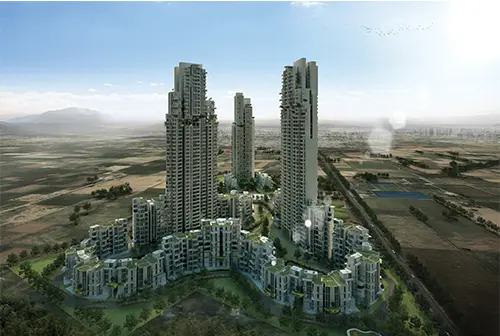
Glass is a topic that we as architects need to understand. What we can achieve by way of sensitive design and correct use of glass and other façade materials can greatly impact energy consumption. For all larger developments, the design itself needs to be sensitive to energy consumption. This has to be coupled with a correct-faced design with the help of façade consultants as well as large glass manufacturers.
Please talk about some most preferred façade materials.
We like to explore multiple façade materials. Glass of course is a common factor among all.
Could you please brief me on the latest trends in façade and fenestration designs, materials and technologies?
Façades today are becoming increasingly more complicated. This is because architects and designers today have access to some very advanced software which not only helps them to visualise these complex geometries but also then to produce detailed shop drawings to allow the façade vendors to fabricate these. These complex geometries help to create iconic façades which were not conceivable in the past.
Please throw some light on a few of your milestone projects.
Some of our interesting iconic works are… Adobe HQ. SAMCo office, Nasscom, Thapar University, The Chanakya, and more recently the Hines Atrium Place and the INGKA Centre both of which are under construction.
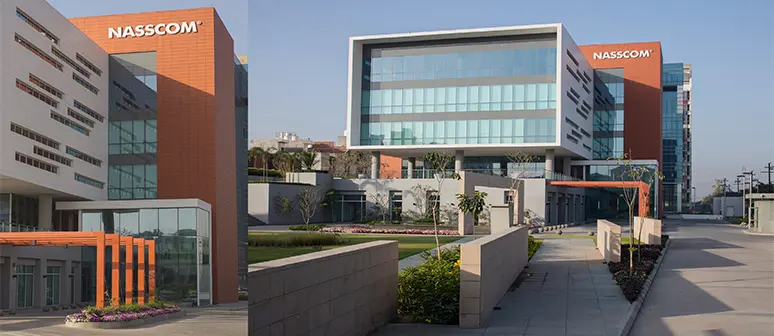
Tell us about some of your challenging projects.
One of the more challenging projects from a façade point of view that we completed some years ago was the Taj Vivanta project in Bangalore which was in collaboration with WOW Singapore. The fluid forms of the building necessitated accurate drawings to be prepared to enable the contractor to execute this. The glass also had four or five colour variations to create a ‘pixelated’ image which was also challenging to execute. The result was highly appreciated and the project won the ‘Building of the Year’ award by the Singapore Institute of Architects.
The other project which was highly challenging was the Learning Laboratory at Thapar University in association with McM Dublin. The budget for this project was very tight and therefore ‘low-cost’ solutions had to be introduced that was aesthetically appealing, but simple to execute. ‘Jalis and Screens’ were designed using red sandstone with metal supports to control the quality of light on the different façades. The combination of the red stone screens and exposed concrete has created a unique vocabulary for the façades.
Please brief on future façade technologies, designs, and materials which you wish to see in the next 20 years.
In the years to come ‘sustainability’ is going to govern most aspects of the building design and even more importantly façade designs. This will mean that not only the material we use but also the technology will need to be highly sustainable for any successful project. Again, advanced software will enable architects and designers to not only create complex façades but also evaluate the behaviour of these façades with respect to light penetration, heat penetration and glare. Vendors that are developing materials for building façade will need to constantly ‘raise the bar’ to ensure that their materials ‘tick all boxes’. The emphasis will therefore be more on the performance of the façade rather than just the aesthetic appeal.
What is your advice to young and upcoming architects?
It’s very important to look at the world, new trends, materials, systems and architecture. However, please do not mindlessly copy it. The human being for whom this is being created cannot be side-lined. Please understand the context in which you are designing, the buildability of what you want to create, the connection of architecture to the ethos of the context, and its ability to fulfil the socio-cultural needs of the community. And last but not the least is good detailing of a project. Because the devil is in the details and it can either make or break the project.
